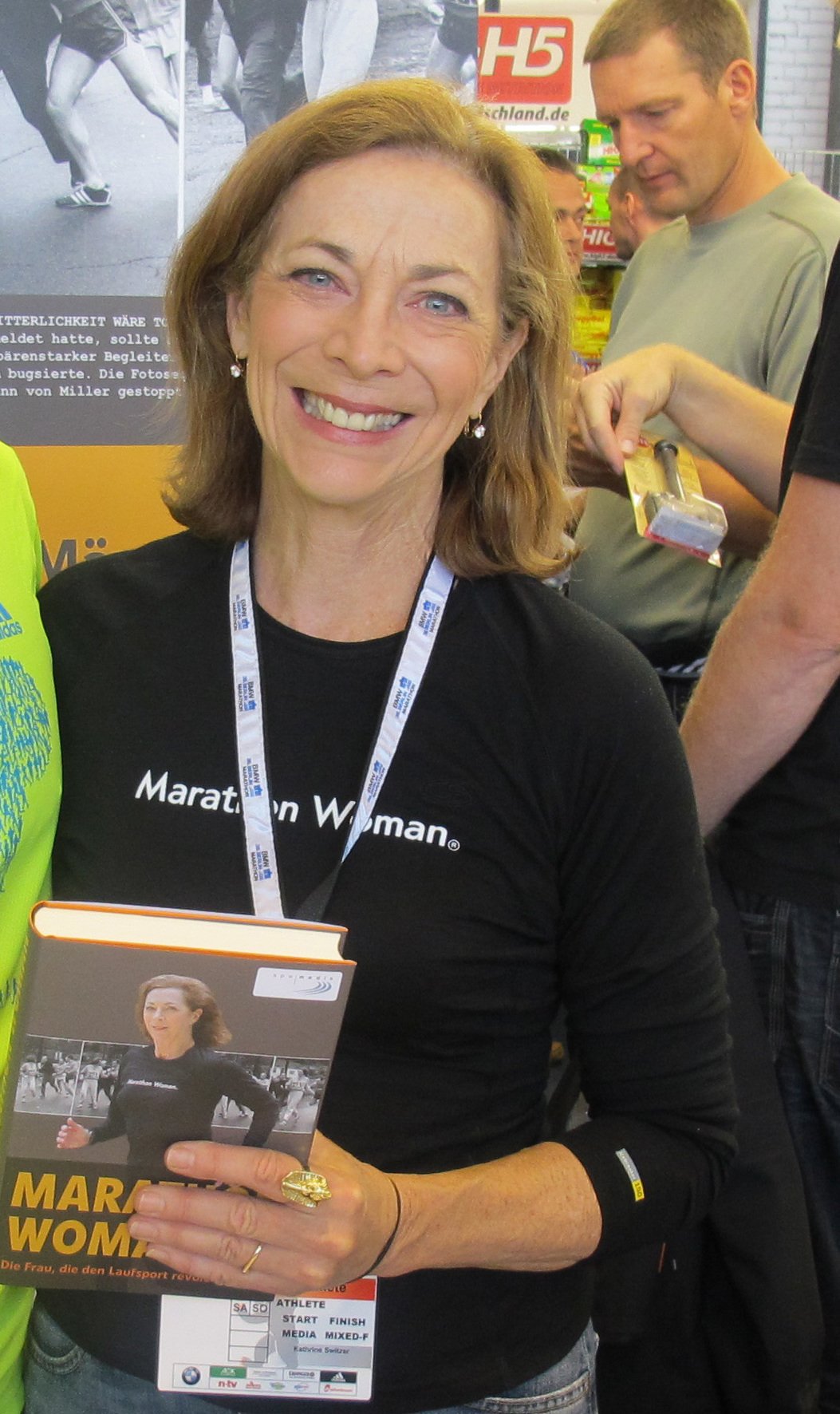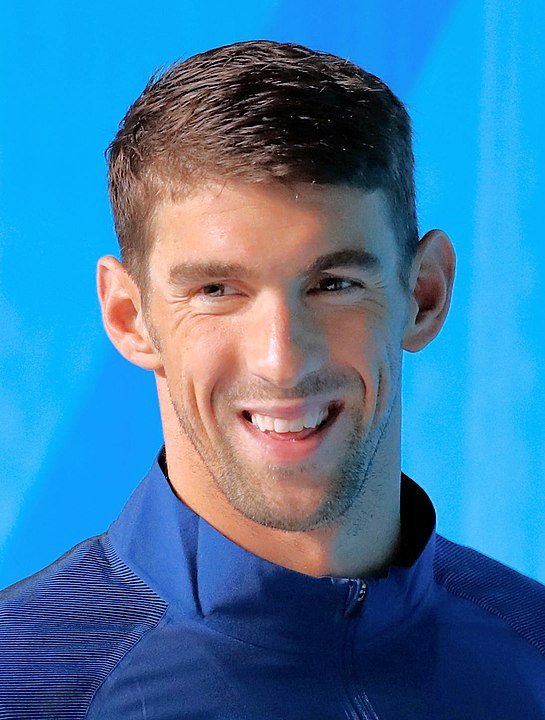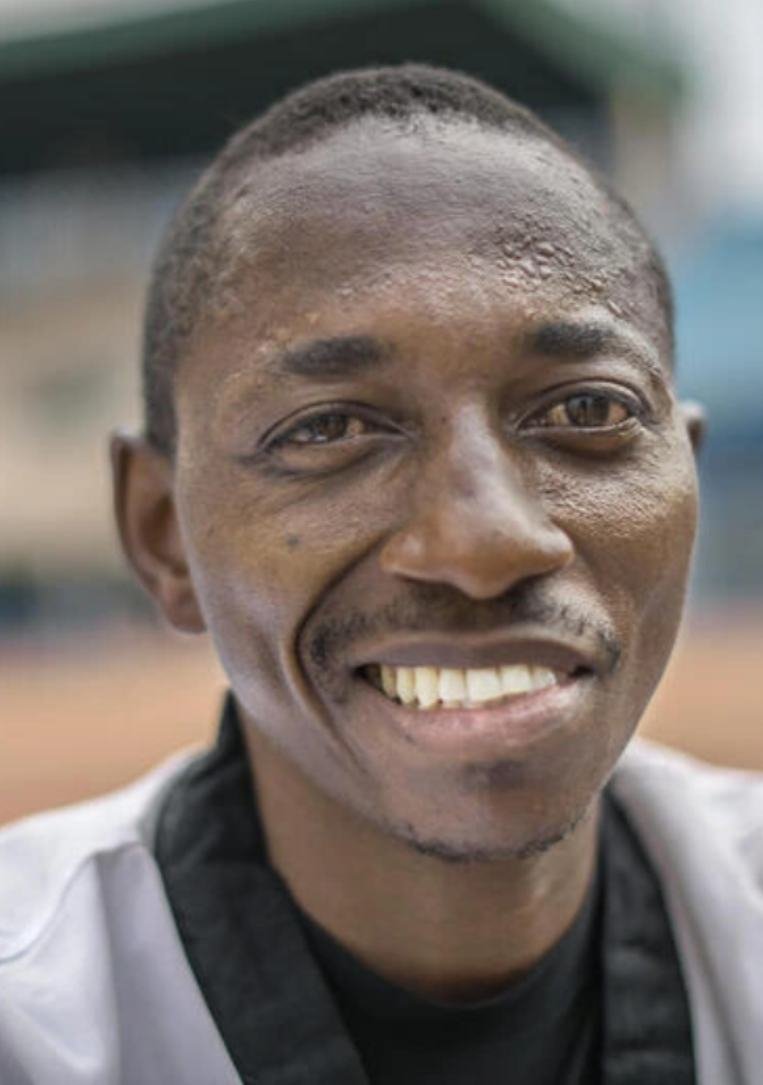How a Swedish kid who lost his legs to cancer became one of the world’s most audacious adventurers—and why his story will make you question everything you think you know about limits.
Imagine: You’re seven years old, and your biggest worry should be whether you’ll get picked first for football at recess. Instead, you’re sitting in a sterile hospital room while doctors tell your parents you have cancer. Fast-forward thirty-seven years, and you’re dragging yourself across Antarctica to the South Pole, 300 kilometers of frozen hell stretching behind you like some twisted victory lap.
That’s Aron Anderson’s story in a nutshell – though calling it a nutshell feels criminally inadequate for what might be the most jaw-dropping athletic journey you’ve never heard of.
When Life Throws You A Curveball (Or A Tumor)
January 1996 should have been just another month in the life of seven-year-old Aron Karl Riggert Anderson. Instead, it became the month that would define everything that followed. The diagnosis was brutal in its simplicity: sarcoma, located in his sacrum. Cancer had taken up residence in his lower back, and it wasn’t planning on leaving quietly.
What followed were months that would test a family’s resolve in ways no parent should ever have to imagine. Chemotherapy. Radiation. The desperate hope that modern medicine could pull off a miracle. But cancer, as Aron would learn, doesn’t negotiate on anyone else’s terms.
By late 1997, the doctors presented the Anderson family with a choice that wasn’t really a choice at all: remove the tumor through surgery that would cost Aron the function of both legs, or watch the cancer spread. For most families, this would have been the beginning of the end of athletic dreams. For the Aron Andersons, it was just the end of the beginning.
“It was then, on the hospital bed, that I decided that cancer would not take my dreams from me,” Aron would later reflect during his acclaimed 2017 appearance on Sweden’s “Sommar i P1”. “It could take my legs, but not my dreams.”
Aron Anderson: The Making of a Paralympic Machine
Here’s where Aron’s story takes a turn that separates the dreamers from the doers. While most kids his age were figuring out which sport they might be decent at, Aron was methodically conquering three completely different disciplines. Not just participating – dominating.
Sailing came first, and before long he was suiting up for the Swedish national team. Then came athletics, specifically wheelchair racing, where middle-distance events became his playground. But perhaps most impressively, he carved out a place for himself in sledge hockey, a sport that makes regular hockey look like a tea party.
The Paralympic Games became Aron’s stage, and he wasn’t content with just one performance. Athens 2004 saw his debut in sailing. Beijing 2008 raised the stakes as he competed in both sailing and athletics. Vancouver 2010 brought the intensity of sledge hockey to the Winter Paralympics. By London 2012, he was back on the track for what would prove to be his final Paralympic athletics competition.
Four Paralympic Games. Three sports. One athlete who was quietly rewriting the rules about what’s possible when you refuse to accept limitations.
The Forced Retirement That Sparked an Adventure Revolution
Sports careers end for everyone eventually, but rarely as abruptly as Aron’s did. Following London 2012, a hip operation forced him out of competitive wheelchair racing. The recovery was brutal, the physical limitations undeniable. For most elite athletes, this would have been the fade-to-black moment. Aron saw it as an opening act.
2013 became the year Aron Anderson stopped being just another Paralympic athlete and transformed into something else entirely: an adventurer who treated the impossible like a personal challenge.
Vertical Limits: When Mountains Become Statements
August 1, 2013. Kebnekaise, Sweden’s highest peak at 2,097.5 meters, had never seen anything like what was about to happen. Aron Anderson, armed with crutches and a determination that bordered on the supernatural, became the first person in a wheelchair to reach its summit.
The ascent wasn’t pretty. For sections where crutches couldn’t cut it, Aron crawled, pulling himself up with his arms over terrain that would challenge seasoned able-bodied climbers. It took several days of what can only be described as controlled suffering, but when he reached the top, he’d done more than conquer a mountain – he’d shattered every preconceived notion about what wheelchair users could achieve.
But Kebnekaise was just the warm-up act.
Less than two weeks later, Aron was standing on the roof of Africa. Mount Kilimanjaro’s Uhuru Peak, at 5,895 meters, became his next impossible made possible. Guided by renowned Swedish adventurer Johan Ernst Nilson, Aron reached the summit on August 12, 2013, becoming the first wheelchair user to conquer Kilimanjaro’s heights.
Two mountains. Two firsts. One message becoming impossible to ignore: Aron Anderson wasn’t just climbing peaks – he was climbing over every excuse the rest of us had ever made.
The Swedish Classic: When Four Became One Epic Year
If 2013 was Aron’s announcement to the adventure world, 2014 was his master’s thesis. “En Svensk Klassiker” (A Swedish Classic) isn’t just a challenge—it’s a year-long endurance odyssey that breaks lesser mortals. Four events, each brutal in its own right, all completed within twelve months.
The Vasaloppet kicked things off in February: 90 kilometers of cross-country skiing completed on a sit-ski in 7 hours and 57 minutes. The historic race, which has been testing Swedish endurance since 1922, had never seen anything quite like Aron’s performance.
June brought Vätternrundan: 300 kilometers of cycling hell completed on an arm-bike in 11 hours and 35 minutes. Just typing that makes your shoulders ache.
July’s Vansbrosimmet threw 3 kilometers of open-water swimming at him. One hour and 26 minutes later, he was checking another box.
September’s grand finale was the Lidingöloppet: 30 kilometers of cross-country running (in a wheelchair) finished in 3 hours and 5 minutes.
The completion made headlines across Sweden, but more importantly, it made Aron the first wheelchair user to complete all four events within the required timeframe. Not the first to attempt it – the first to actually pull it off.
Swimming to Finland: Because Why Not?
As if the Swedish Classic wasn’t enough proof of Aron’s complete disregard for conventional limits, August 2015 brought perhaps his most audacious challenge yet. The Sea of Åland stretches 37 kilometers between Grisslehamn, Sweden, and Åland, Finland. The water temperature hovers around 14 degrees Celsius – cold enough to make most people reconsider their life choices.
Aron Anderson spent 13 hours swimming through those waters, emerging on the Finnish side as if a 37-kilometer sea crossing was just another Tuesday workout. The feat wasn’t just about physical endurance – it was about mental toughness that most of us can’t even comprehend.
Antarctica: The Ultimate Exam for Aron Anderson
If every previous adventure was preparation, Antarctica was the final exam. In 2017, Aron Anderson set his sights on perhaps the most unforgiving environment on Earth: skiing 300 kilometers across the frozen continent to the South Pole.
The expedition took 21 days of dragging himself across ice in temperatures that would kill most people within hours. No backup plan, no safety net – just Aron, his equipment, and 300 kilometers of the most hostile terrain on the planet.
When he finally reached the South Pole, he’d accomplished something that seemed to exist only in the realm of pure fantasy. The achievement earned him his second “Årets äventyrare” (Adventurer of the Year) award, but more importantly, it cemented his place among the world’s most elite adventurers.
The Voice That Moves Mountains
Here’s where Aron Anderson’s story takes another fascinating turn. Most athletes struggle with life after sports. Aron found his second calling as one of Sweden’s most sought-after motivational speakers, and the transition makes perfect sense when you think about it.
His speaking career draws directly from his lived experience – from that hospital bed at age seven to the South Pole at twenty-nine. The themes are universal: overcoming adversity, setting audacious goals, finding strength in vulnerability. But the delivery comes from someone who’s actually done the impossible, not just talked about it.
His audiences range from corporate boardrooms to school assemblies, from sports teams to medical conferences. The message adapts, but the core remains the same: “My biggest driving force is to show that the impossible is possible.”
The accolades followed. Speaker of the Year – Breakthrough in 2015. Multiple awards for his fundraising work with Barncancerfonden (the Swedish Childhood Cancer Foundation), a cause that connects directly to his personal journey. His hosting of “Sommar i P1” in 2017 brought his story to an even wider Swedish audience.
Beyond the Headlines: The Man Behind the Miracles
What’s remarkable about Aron Anderson isn’t just what he’s accomplished – it’s how he’s accomplished it. Interviews and podcasts reveal someone refreshingly free of bitterness or self-pity. There’s no wounded hero narrative here, no dwelling on what cancer took from him.
Instead, there’s a matter-of-fact acceptance of reality combined with an almost casual approach to doing things that should be impossible. “If I can inspire one person to get out of bed and try something new, or to not give up, then it’s all worth it,” he’s said, capturing the essence of why his story resonates so powerfully.
His social media presence reflects this same approach – adventure updates mixed with everyday moments, motivational content delivered without preaching. It’s the social media feed of someone who happens to do extraordinary things, not someone who defines themselves by their extraordinary circumstances.
The Ripple Effect
Aron Anderson’s impact extends far beyond his personal achievements. He’s fundamentally changed perceptions about what’s possible for people with disabilities, not through advocacy or activism, but through simple, undeniable demonstration.
His adventures have inspired other adaptive athletes to push boundaries they might never have considered. His speaking engagements have motivated countless individuals facing their own challenges. His fundraising work has contributed significantly to childhood cancer research and support.
But perhaps most importantly, he’s normalized the idea that physical limitations don’t have to limit ambitions. His participation in events like Wings for Life World Run, (official) where he’s achieved remarkable results, continues to break down barriers and challenge assumptions.
The Never-Ending Story
The thing about Aron Anderson is that he shows no signs of slowing down. Recent adventures include kayaking along the Swedish coast, ironman competitions, and continued mountain climbing – often tied to charitable causes that matter to him personally.
His professional speaking career continues to flourish, with demand that spans industries and continents. His story has been featured in documentaries, podcasts, and articles worldwide, but he wears the attention lightly.
What We Can Learn from the Unbreakable
Aron Anderson’s story isn’t just about overcoming physical challenges – it’s about redefining what we consider possible when we stop making excuses and start making plans. His journey from that hospital bed to the South Pole represents something profound about human potential and the power of refusing to accept limitations.
The sports world is full of inspiring comeback stories, but Aron’s narrative transcends traditional athletic achievement. He’s created his own category: the adventure athlete who treats the impossible like a personal invitation.
His message isn’t complicated: everyone has their own mountains to climb, whether literal or metaphorical. The question isn’t whether you’re capable of climbing them – it’s whether you’re willing to start the ascent.
In a world obsessed with finding excuses for why things can’t be done, Aron Anderson stands as living proof that the only real limitations are the ones we accept. And acceptance, as he’s demonstrated time and again, is always optional.
Cancer tried to take Aron’s dreams. It took his legs instead. Thirty years later, those dreams are still carrying him to places most people will never go – and inspiring the rest of us to follow.
If Aron Anderson’s story moved you, there’s another journey you shouldn’t miss. Meet Chris Nikic, the first person with Down syndrome to complete an Ironman triathlon – a milestone that, like Aron Anderson’s, shattered expectations and redefined what determination can achieve. Their paths may differ, but their message is the same: dreams don’t require permission – only persistence.
👉 Read Chris Nikic’s Incredible Journey
Photo: By Malin Ingevald – This image has been extracted from another file, CC BY-SA 4.0,




